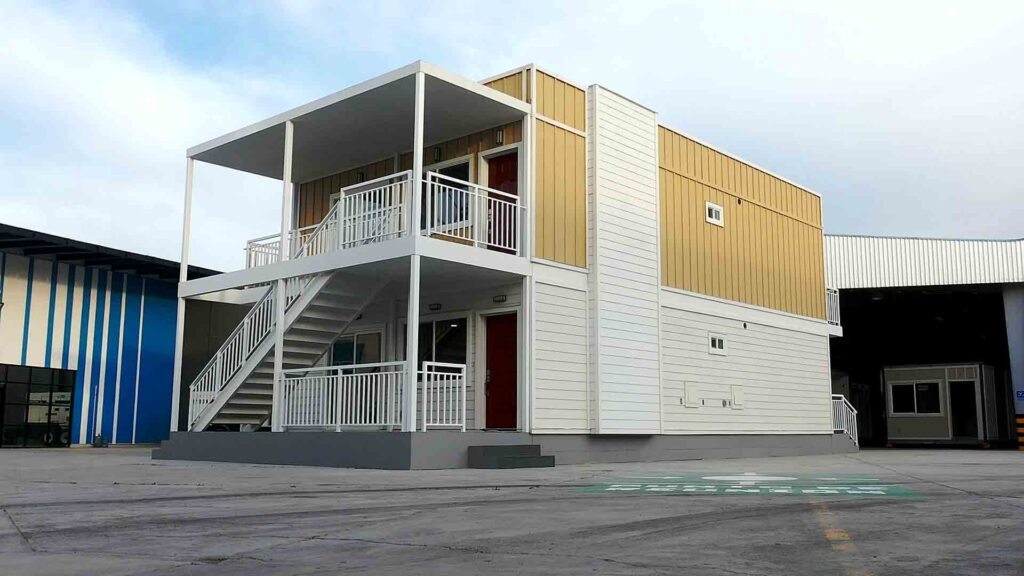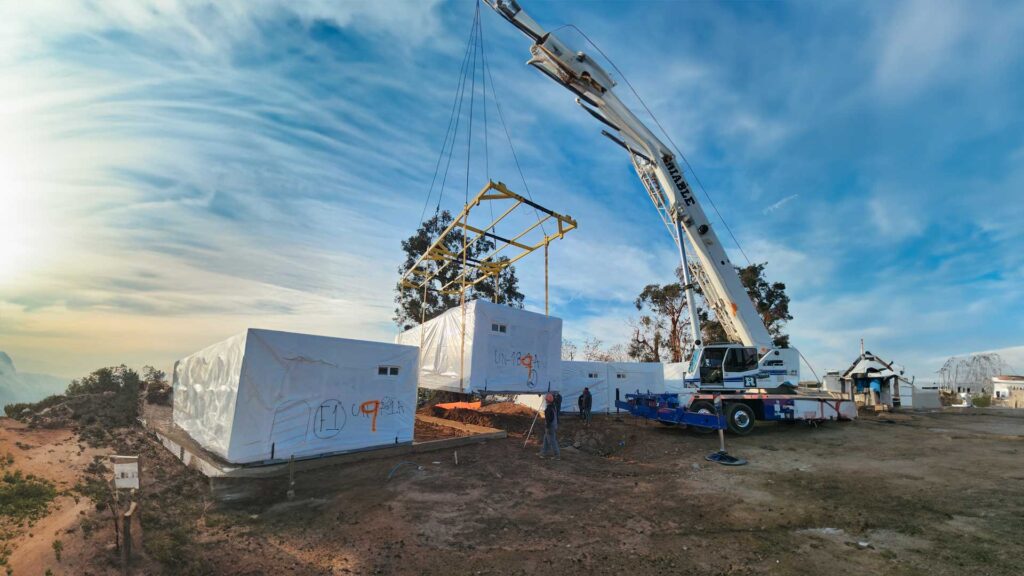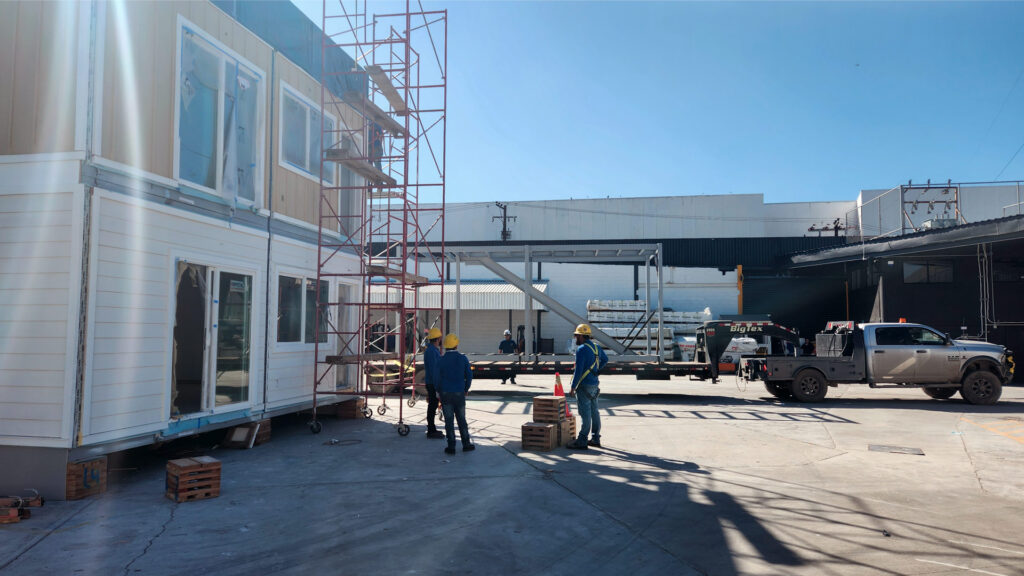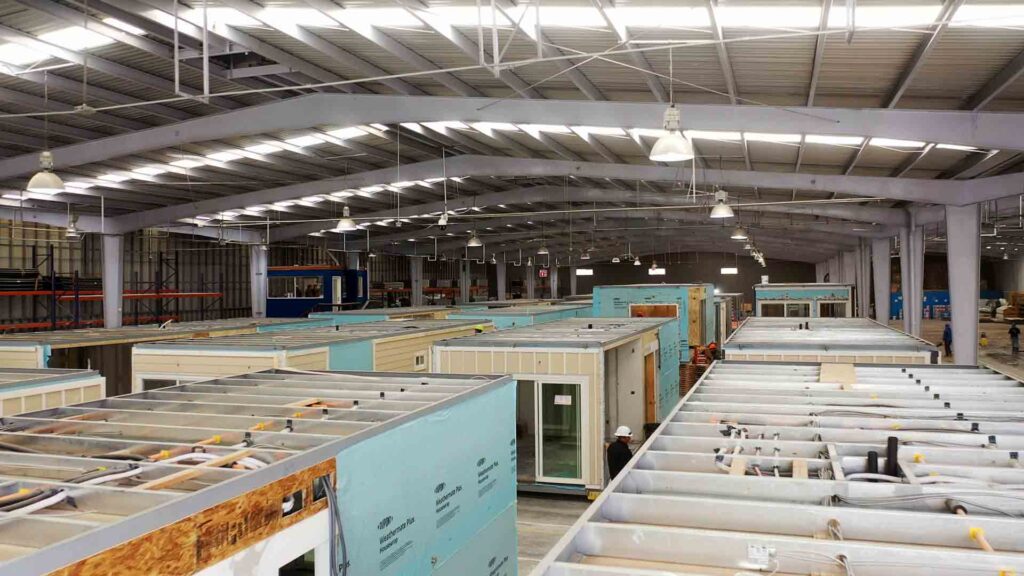In a world where the construction industry is growing exponentially, projected to reach a staggering $12.4 trillion by 2024, a transformative player is emerging: Modular Construction. Renowned for its efficiency and innovation, this method is not just a trend; it’s a robust solution, carving a significant niche in the global market.
The Time Factor: A Construction Revolution
In an era of rapid urbanization and economic growth, the traditional construction approach needs help to keep pace. Enter Modular Construction – a technique revolutionizing the industry by completing projects three times faster than traditional methods. This accelerated pace doesn't sacrifice quality; instead, it enhances it. Pioneers like Connest are at the forefront of this revolution, showcasing how projects can be expedited without compromising on structural integrity or design excellence.
Connest: Leading the Modular Movement
Connest has become synonymous with this swift construction methodology. Emphasizing on “Building Communities, Three Times Faster,” Connest’s approach combines state-of-the-art technology with efficient logistics, resulting in a streamlined construction process from inception to completion. Their modular homes are not just structures; they are symbols of modern, sustainable living, aligning with the rising demand for affordable housing.
Global Influence: Modular Construction's Growing Share
While the exact share of modular construction in the global market is challenging to pinpoint, it's expected to claim up to 20% by 2030. This growth is fueled by the method's scalability and adaptability across various regions, from the bustling urban landscapes of Asia-Pacific to the developing infrastructure of Latin America.
Modular Construction: A Sustainable Choice
One of the most compelling aspects of modular construction is its sustainability. With reduced waste, lower energy consumption, and utilization of recycled materials, it embodies eco-conscious building practices. This approach is not just about meeting current demands but ensuring future generations inherit a healthier planet.
Challenges and Opportunities
Despite its numerous advantages, modular construction faces challenges, particularly in transportation, installation, and public perception. However, these challenges present opportunities for innovation, especially for companies like Connest, who are constantly refining their processes to enhance efficiency and accessibility.
The Future Looks Modular
As we gaze into the future, modular construction’s role in the global construction market is undeniably significant. With companies like Connest leading the charge, the industry is evolving to be faster, more efficient, and environmentally responsible. The $12.4 trillion global construction market is not just a number; it’s a realm of possibilities where modular construction is set to play a pivotal role.
Finally, modular construction, particularly through the efforts of companies like Connest, is more than just an alternative building method; it’s a movement set to redefine the landscape of global construction. With the ability to build three times faster, this method is not just a solution for today; it’s a pathway to a more sustainable, efficiently built tomorrow.






